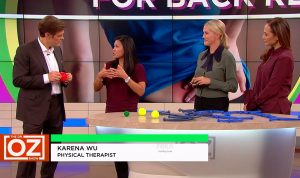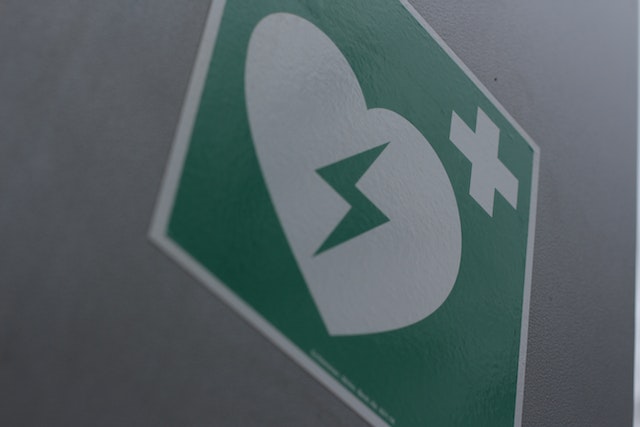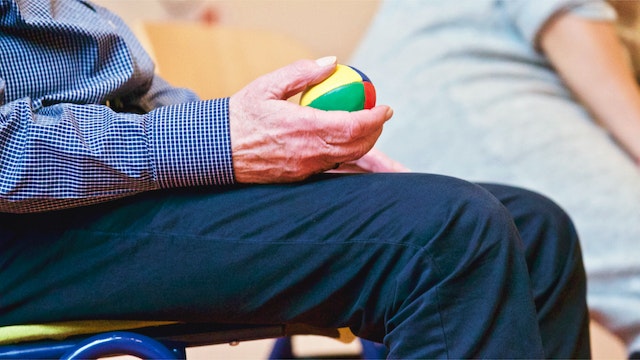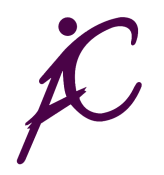 ActiveCare Physical Therapy, PC
ActiveCare Physical Therapy, PC
29 West 38th Street
Suite 601
New York, NY 10018

* We Accept Medicare | No Fault | Workers Comp *
Rehabilitation After Stroke: Physical Therapy for Recovery
A stroke is a serious medical condition that occurs when blood flow to the brain is disrupted, often leading to brain damage and physical impairment. Physical therapy can play a critical role in stroke rehabilitation, helping patients regain function and improve their quality of life. In this post, we’ll discuss how physical therapy can help in stroke recovery and the techniques used by physical therapists.

The Role of Physical Therapy in Stroke Rehabilitation
Physical therapy is an essential part of stroke rehabilitation. After a stroke, patients may experience a wide range of physical impairments, such as paralysis, muscle weakness, and loss of balance. Physical therapists can help patients regain function and improve their ability to perform daily activities.
Physical therapy typically begins soon after the stroke, often while the patient is still in the hospital. During the early stages of rehabilitation, the focus is on preventing complications such as blood clots and pneumonia. As the patient progresses, the physical therapist will work with them to improve strength, flexibility, and mobility.
Physical Therapy Techniques for Stroke Rehabilitation
Physical therapists use a variety of techniques to help patients recover after a stroke. Here are some of the most common techniques used:
1. Range of Motion Exercises
Range of motion exercises are designed to improve flexibility and mobility in the affected limbs. These exercises may involve gentle stretching and movements that gradually increase in intensity as the patient progresses.
2. Strengthening Exercises
Strengthening exercises help build muscle strength in the affected limbs and surrounding muscles. These exercises may involve the use of resistance bands, weights, or other equipment. Strengthening exercises are important for improving overall function and preventing future injuries.
3. Balance and Coordination Training
After a stroke, patients may experience problems with balance and coordination. Physical therapists can help patients improve their balance and coordination through exercises and techniques designed to improve stability and coordination.
4. Gait Training
Gait training involves exercises and techniques designed to improve the patient’s ability to walk. Physical therapists may use specialized equipment such as parallel bars, walkers, or canes to help patients improve their gait and balance.
5. Functional Training
Functional training involves exercises and techniques that help patients improve their ability to perform daily activities, such as dressing, bathing, and cooking. Physical therapists may use activities that simulate real-life situations to help patients regain function and independence.

Why Choose ActiveCare Physical Therapy™ for Stroke Rehabilitation?
At ActiveCare Physical Therapy™, we understand the challenges of stroke recovery and the critical role that physical therapy plays in the rehabilitation process. Led by Karena Wu PT, a board-certified clinical specialist in orthopedic physical therapy, our team of physical therapists has extensive experience in treating patients after a stroke.
We take a personalized approach to treatment, working closely with each patient to develop a customized plan that meets their specific needs and goals. We use the latest techniques and technology to ensure the best possible outcomes for our patients.
Rehabilitation After Stroke Physical Therapy: Conclusion
Stroke can be a life-changing event, but physical therapy can play a vital role in recovery. Physical therapists can help patients regain function, improve mobility, and increase their overall quality of life. If you or a loved one has experienced a stroke, consider working with a physical therapist to develop a personalized rehabilitation plan and achieve the best possible outcomes.
Contact ActiveCare Physical Therapy™ today to schedule an appointment or learn more about our services.
ActiveCare Physical Therapy™
29 West 38th Street, Suite 601
New York, NY 10018
Phone: (212) 777-4374
Email: staff@bestptnyc.com
Website: https://activecarephysicaltherapy.com/
